OPTIMIZE YOUR
SUPPLY CHAIN
6 Reasons You Should
Map Your Supply Chain
Operational Efficiency and Cost Savings
A supply chain map will highlight inefficiencies and bottlenecks in your network, allowing you to optimize logistics, reduce storage costs, improve lead times, and enhance forecasting accuracy.
Supply Chain Agility and Resilience
When disruptions occur due to natural disasters, political unrest, or supplier failure, having a well-mapped supply chain will allow you to respond quickly and maintain business continuity, reducing impact on your company’s bottom line.
Data-Enabled Decision Making
Supply chain mapping enhances your ability to make decisions by offering a high-level, comprehensive view of your entire supply network, ensuring you have proactive contingency plans in place to adapt quickly.
Supply Chain Risk Management
Spot vulnerabilities, such as over-reliance on a single supplier, exposure to high-risk regions, or environmental threats, so you can mitigate those risks before they disrupt your flow of goods.
Improved Cross-Team Collaboration
A visual, data-driven supply chain map helps teams and partners work more effectively together by aligning expectations, improving communication, and identifying your shared goals.
Enhanced Sustainability Metrics
Supply chain mapping strengthens your ability to report on environmental metrics—helping you attract investors and meet rising expectations for transparency and sustainability.
Stop managing and
start mastering
Whether you’re a supply chain leader, a business owner, or just trying to
make sense of a complex operation—we’ve got your back. The
TRAFFIX Managed Transportation team is here to help you map out your
current supply chain, uncover cost-saving opportunities, streamline your processes,
and drive real, measurable impact on your bottom line.
Ready to become a supply chain hero?
What customers are saying:
Book Your Consultation
Let us help you make an impact – Talk to an expert today!
"*" indicates required fields

why choose traffix?
Ready to Transform Your Supply Chain?
TRAFFIX’ Managed Transportation team helps leaders like
you simplify operations, reduce costs, and build a
supply chain that performs.
Frequently Asked Questions
Supply chain mapping is the process of gathering, organizing and visualizing each entity and activity involved in getting your product from raw materials to your customers.
This involves gathering detailed information about your direct suppliers— and potentially their suppliers—along with the logistics systems and operational processes that connect them. The result is a clear picture of where your materials are sourced, how they’re produced and transported, and who is responsible at each stage of the journey.
The goal is to equip you with a comprehensive, visual map of your supply chain that provides critical visibility of your entire network so you can identify hidden risks, improve efficiency, ensure compliance with ethical and legal standards, and better prepare for disruptions.
Contact us today to book your supply chain mapping exercise!
Absolutely. Supply chains are dynamic and ever-changing, which means your supply chain map should be a living document—regularly updated to reflect shifts in operations, vendor relationships, partnerships, and global conditions. Staying current ensures you maintain visibility, reduce risk, and adapt with confidence.
Have an outdated supply chain map? Just getting started? Either way – we’ve got you! Book your consultation today!
Your supply chain map will have three key elements:
- Partner and supplier mapping – Document the key stakeholders across all tiers, including your suppliers, logistics providers, manufacturers, and service providers. This helps you uncover interdependencies, risks, and opportunities for alignment.
- Geographic mapping – Plot the physical locations of your supply chain nodes, including suppliers, warehouses, manufacturing sites, and distribution centers to identify routing inefficiencies and regional risks.
- Network optimization – Identify imbalances, inefficiencies or delays that may limit your company’s flexibility or growth.
Supply chain mapping typically follows an eight-step framework, but the process is highly customizable. Depending on the complexity of your network and your specific business needs, our team may streamline or expand the approach accordingly. In general, the core steps include:
- Identify vendors, stakeholders, and accountability
- Gather and integrate data
- Understand relationships and map material flows
- Conduct an initial supply chain risk assessment
- Visualize the supply chain
- Analyze for insights
- Use the right tools and methodologies
- Maintain and evolve your map
Ready to get started? Book your consultation today!
Five common challenges supply chain leaders often encounter when mapping their supply chains include:
- Lack of real-time data
- Fragmented systems and siloed information
- Poor communication between partners
- Supplier transparency issues
- Limited visibility into raw material sourcing
Our team can help guide you by asking the right questions and figuring out where to get the information you need for a successful supply chain mapping exercise. Talk to an expert to learn more!
Award-Winning Service
TRAFFIX has earned numerous service awards, showcasing our commitment to excellence. Here are a few of our accolades.








